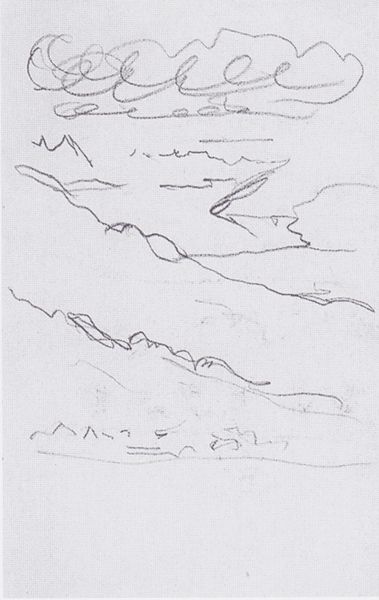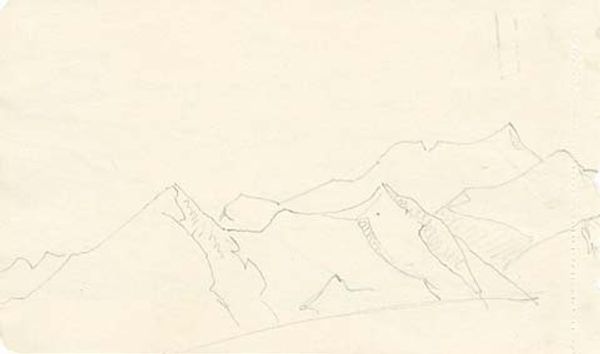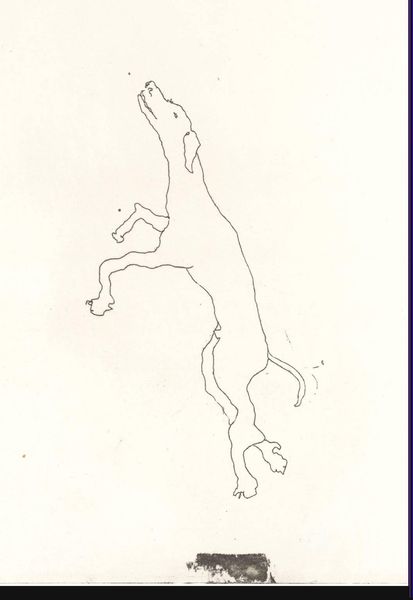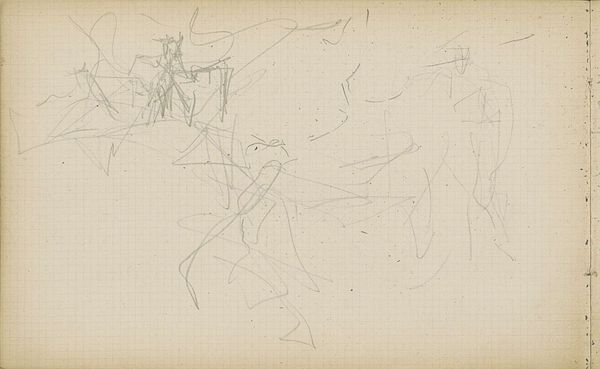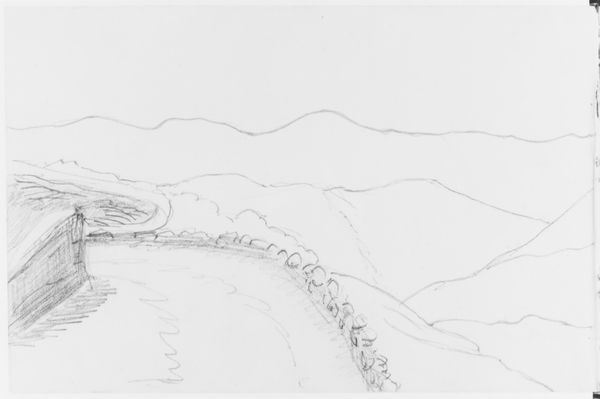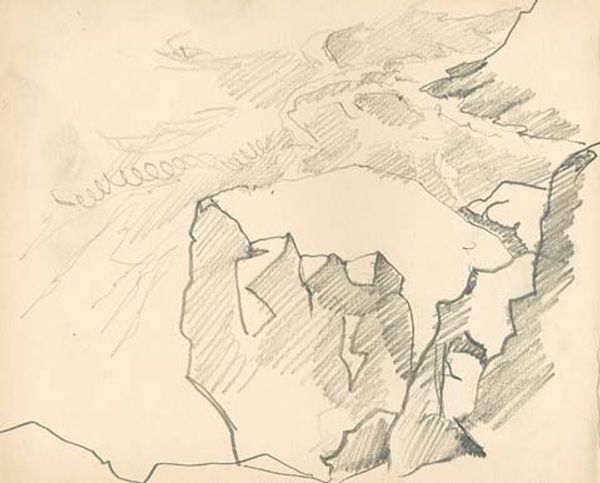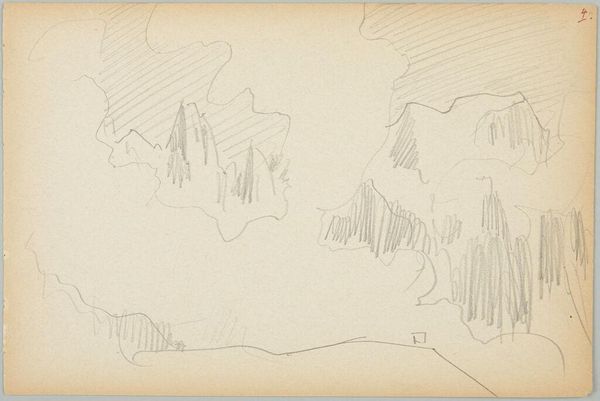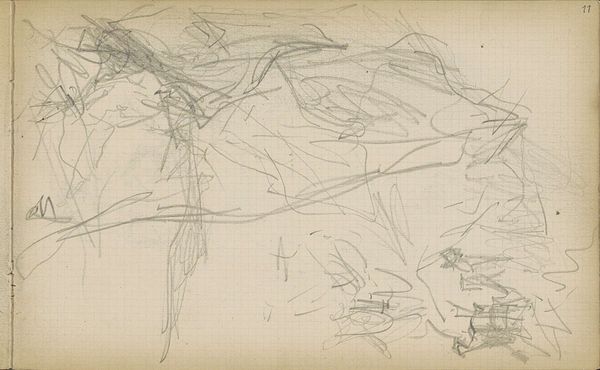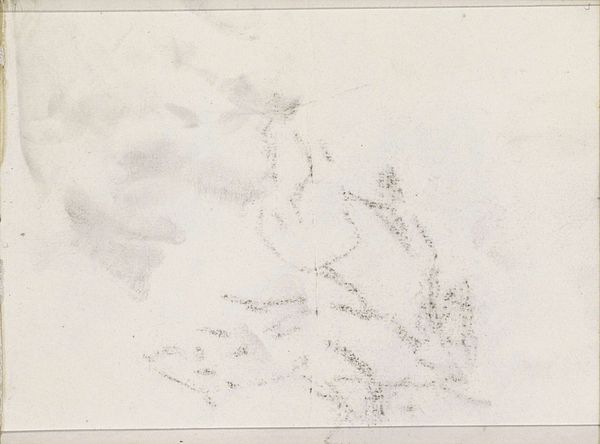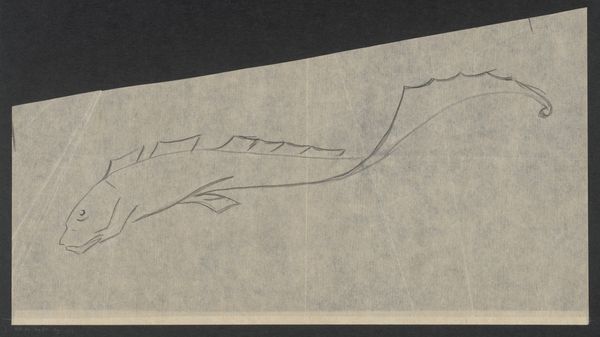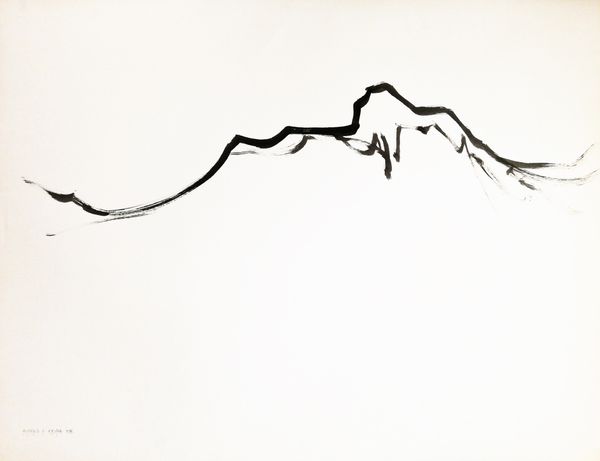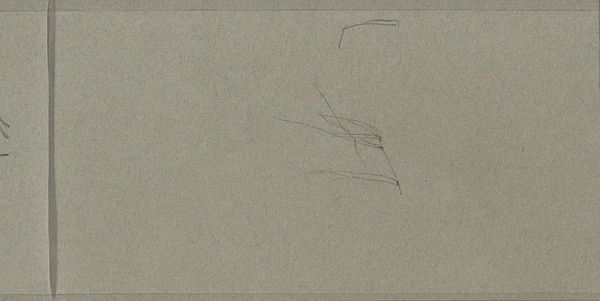
drawing, pencil
#
drawing
#
amateur sketch
#
scientific drawing
#
lake
#
natural shape and form
#
thin stroke sketch
#
shading to add clarity
#
incomplete sketchy
#
landscape
#
mountain
#
pencil
#
limited contrast and shading
#
rough sketch
#
line
#
natural form
#
initial sketch
Copyright: Public domain
Curator: Glimpsed here is Ferdinand Hodler's pencil drawing, “Lake Thun from the path to the plate Schynigen," created in 1908. Editor: It's almost ghostly, isn't it? Just the barest whisper of a landscape. You feel the immensity of the space even though there's such economy of line. Curator: Exactly. Hodler’s mark-making here speaks volumes about perception and simplification, it's a directness reminiscent of, say, ancient cartography, stripping the scene back to its foundational form. Editor: That’s an interesting point, cartography! I am seeing a world, not necessarily as it is, but as a collection of symbolic gestures pointing towards something grander, like a yearning or perhaps the mapmaker's act of exploration, or charting. Curator: His landscapes often do that; he finds these archetypal shapes in the world, those simple contours that resonate on a subconscious level. Take that emphatic contour on the lake itself; a distinct symbolic expression Editor: The dark lines against the void imply something powerful held within those shapes. It resonates with primal depictions of nature: lakes holding secrets, mountains representing stability. Are the mountains watching, the lake dreaming? Curator: Perhaps he's exploring ideas from his concept of Parallelism – finding and conveying nature's inherent order and echoing forms? Notice how these forms both align and slightly diverge; it evokes a feeling of stability. Editor: Parallelism indeed. Now I imagine this as a meditation not just on a landscape, but on our mirrored relationship to the world around us: that continual search for patterns that reassure us amidst constant change. There’s something so calming about those repeated forms. Curator: Yes, this study offers us the core of a grand scene and a window into how simplification reveals resonance, emotion, maybe even hidden symbolism. Editor: Right. It shows us, in the lightest of touches, how to map the emotional landscape onto the real one. What a privilege to eavesdrop on Hodler’s initial, reflective markings.
Comments
No comments
Be the first to comment and join the conversation on the ultimate creative platform.
